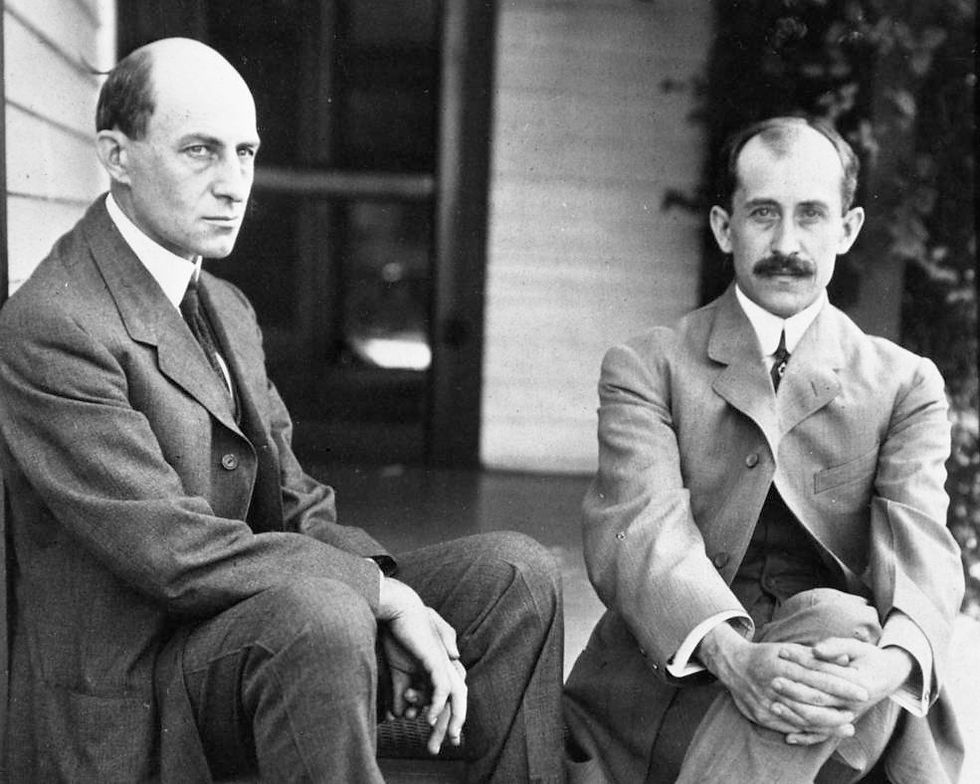A flight that was just so Wright
- James Tyler
- Feb 15, 2023
- 3 min read
It lasted 12 seconds. But that was long enough to change the course of human history.
On Dec. 17, 1903, two brothers were ready to try again after setbacks a few days earlier. Orville Wright soon found himself at the controls of their Flyer on the windswept banks of Kill Devil Hill at Kitty Hawk, North Carolina.

That first flight went about 120 feet. But it was a controlled, machine-powered, manned flight of 120 feet.
The first flight may have been short, but it was the start of big changes. There’s a lot of attention to that first flight, but it’s important to remember that Orville and Wilbur made three more successful flights that windy day.
On the fourth flight, Wilbur flew the Flyer for 59 seconds and over 852 feet, proving the Wright brothers’ innovative, wing-warping theory of aeronautics.
The brothers made their historic flights among the dunes of North Carolina because of the regular winds and the sand there. It helps to have sand for soft landings, especially when your aircraft is made of wood posts and muslin cloth.

The Wrights actually operated printing and bicycle shops in Dayton, Ohio, and it’s there they conducted their many experiments and built their gliders. They even designed the four-cylinder, gasoline engine that powered their Flyer.
So it’s reasonable for Dayton to be quite proud of the two inventors and their transformative achievements. One way to express that pride is with public art, and there are a range of sculptures in and near Dayton that capture the excitement of the First Flight.
One such artistic tribute is in the heart of the Gem City, as Dayton is often called. Located at the intersection of Main and Fifth Streets, the “Flyover” sculpture is 43 feet high, 24 feet wide and stretches 150 feet along a median strip on Main Street adjacent to the Dayton Convention Center.

Dedicated on July 4, 1996, “Flyover” was created by artist David Black and is constructed of stainless steel, aluminum and ceramic tile.
The bronze plaque attached to one of the sculpture’s supports reads:
Flyover’s primary image is a repeated, double-winged shape that rises and falls along an open, linear pathway. It suggests the Wright Brothers’ biplane and its tentative, swooping motion. The 120 feet between the first and last sets of wing struts represent the length of that first flight. The sculptures’ reflective metal surfaces and streamlined forms also call to mind more modern aircraft, descendants of the Wright Flyer. The grasses at its base are reminiscent of the Huffman Prairie, east of Dayton, where many test flights were conducted. The bench facing Flyover replicates a wing support used in the Wright brothers first flight as shown in the image above.
The plaque includes the image of the First Flight, showing the Flyer taking off from its tracks and Wilbur running along one side.
“Flyover” was actually commissioned to commemorate Dayton’s 200th anniversary in 1996. Black, who had been a professor of Art at Ohio State University, was awarded the “Meritorious Structure Award” from the National Council of Structural Engineers Associations in 1999 for his creation in Dayton.
It’s an example of his concept of “proto-architecture,” which combines architectural elements such as pillars, arches, open canopies and use of light with the “energy and references of sculpture.”
Black’s soaring, stainless steel sculpture may look like the skeleton of some odd dinosaur (Wrightosaurus perhaps?), but “Flyover” commemorates the Dayton brothers’ flight in a dramatic fashion. The set of wings along the 150 feet represent each second of Orville’s historic ride.
That first ride lasted about the time it takes to sing the opening to the song of the U.S. Air Force (“Off we go into the wild blue yonder, climbing high into the sun.”)
But those 12 seconds changed everything.



Comments